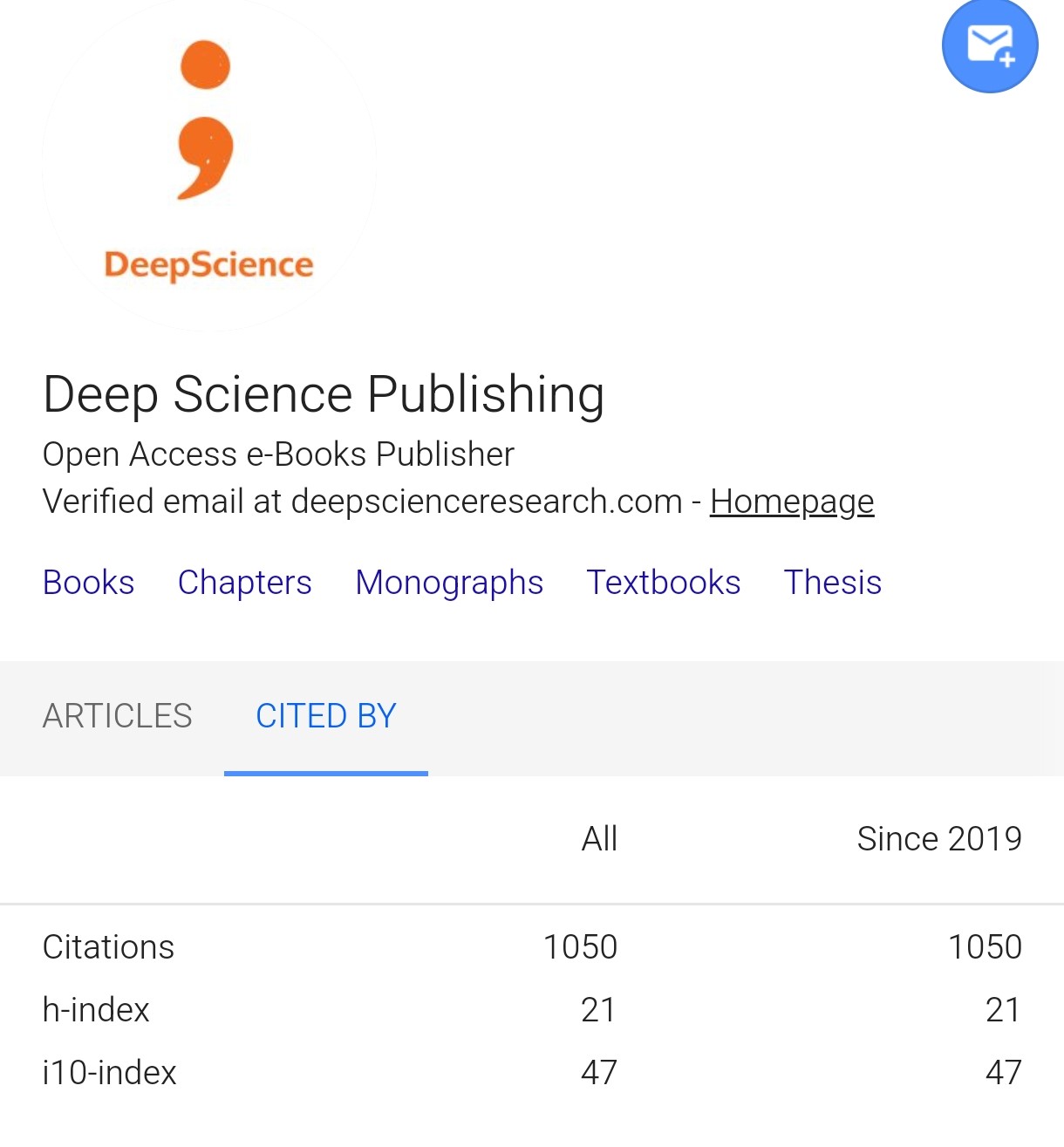The role of predictive modeling in assessing borrower risk and loan performance
Synopsis
The United States is served by a diverse and competitive mortgage market of remarkable performance. Construction accounted for 6 percent of gross domestic product in 2001; one- to four-family rental and owner-occupied residential real estate outstandings exceeded 48 percent. The estimated probability of a U.S. mortgage real estate transaction experiencing a loss is measured in basis points, not percentage points. This good performance, plus continued investor and borrower interest in the product, results in a diversity of underwriting approaches, loan products, loan terms, and performance characteristics. This paper focuses on three primary themes. First, mortgage credit risk has been and is likely to continue to be assessed using the traditional financial questions faced by underwriters, plus a broad array of tools for modeling default, prepayment, and other key mortgage cash flow stimuli. Second, market participants are likely to apply new computer-driven advances in statistical techniques—predictive modeling approaches that are also used in other areas of finance and economics. These financial dimensions are also the focus of the primary prudential regulator of the Federal National Mortgage Association and the Federal Home Loan Mortgage Corporation. When conducting our safety and soundness examination, we need to apply an efficient blend of financial judgment and economic modeling.
5.1.1. Overview of the Study
Traditional credit scoring and credit risk assessment tend to focus on the likelihood of delinquency, bankruptcy, or other loan performance events given some specific profile of an applicant at the time of application. In contrast, we develop a class of predictive credit scoring tools that introduce the temporal dimension by using quarterly, monthly, or weekly performance measures to model the loan performance process and then using these models to calculate the likelihood and schedule of future loan performance events. As a distinct form of structural modeling, our approach is demonstrably better than current methods at assessing a borrower's financial stress, credit status, and performance risk at the loan origination stage, and at capturing changes in borrower behavior and performance both during good times and in periods of financial sector stress. Crucially, the model and its future performance measures can be used recursively to help select a loan portfolio, dynamically assess the credit quality of existing borrowers, determine the timing of loan workouts and resolutions, and report consistent loan performance statistics as credit conditions change.
The development of performance measures based on our hazard model permits the growth of new loan facilities and the possible extension of existing loan facilities that are consistent with the risk tolerance of the origination activity, the performance of the existing outstanding loan portfolios, and the desired capital strength of the lending institutions. Since the model is based on the performance of many loans rather than contractual or hypothetical loan characteristics, theory-driven subjectivity can also be generated efficiently and unbiasedly. The strategy makes strong use of new comprehensive credit databases and is amenable to quick updating. The application of our approach to the development of a creative practical solution to a potential major economic crisis associated with disorderly mortgage restructuring also suggests that our hazard modeling approach can make substantial positive contributions to credit and the stability of the financial system.
5.2. Understanding Predictive ModelingThe risk of lending to a borrower can be characterized by the lender and used to make more informed decisions. However, such characterization is not always straightforward and will depend on the types and amounts of information available to the lender. We develop a framework for predicting mortgage delinquencies. We later extend this predictive model to include second liens as well as alternative hybrid ARMs. Our results show that the mortgage predictive model, when combining similar types of loans into simple categories, has good overall performance characteristics when applied to first liens. Additionally, it performs at satisfactory levels in predicting the losses of first line clean-up calls within those categories. One caveat is that model performance is somewhat challenging when separating the mortgage predictions into smaller categories corresponding to different profiles of down payment and amount of credit history.
5.2.1. Definition and Overview
Mortgage lenders and underwriters use a variety of methods and tools to screen and evaluate potential borrowers and loans. One set of tools that has had recent success in predicting borrower behavior and loan performance involves the use of statistical techniques called predictive modeling. Predictive modeling uses information from borrowers' credit reports and loan applications together with performance outcomes from loans with similar borrower attributes to predict loan performance. A large number of the equations that have been estimated are functionally similar, reflecting the nested semi-collegiate structure of credit scores and reporting metrics based primarily on the borrowers' prior mortgage performance. Spurred by regulatory guidelines, several performance reports have focused on borrower and loan attributes associated with poor performance while some have also assessed the performance of non-traditional loans.
Lenders use predictive modeling techniques to screen mortgage and other loan transactions for certain borrower and loan attributes to identify segments of the loan market with borrower risks higher than would be expected based on the strength of the borrower's credit history. Some lenders also use the models to rank order applications within each attribute segment and apply their underwriting standards more flexibly for low-risk applicants. Counterbalancing the increased use of modeling techniques as a screening tool at origination is the remaining reluctance of mortgage industry participants to apply the technology to monitor loan performance post-origination. Lenders' aversion appears to reflect the perceived cost of using current statistical techniques for what lenders suggest is a basic surveillance function as well as uncertainty about just what to monitor in a mature, low-risk mortgage market.













